-
 Bitcoin
Bitcoin $108,959.9236
0.65% -
 Ethereum
Ethereum $2,617.3023
2.88% -
 Tether USDt
Tether USDt $1.0003
0.01% -
 XRP
XRP $2.3087
1.50% -
 BNB
BNB $660.5813
-0.05% -
 Solana
Solana $151.8242
2.09% -
 USDC
USDC $1.0000
0.00% -
 TRON
TRON $0.2875
0.27% -
 Dogecoin
Dogecoin $0.1711
2.04% -
 Cardano
Cardano $0.5883
1.64% -
 Hyperliquid
Hyperliquid $38.8500
0.48% -
 Sui
Sui $2.9010
1.55% -
 Bitcoin Cash
Bitcoin Cash $501.0660
1.04% -
 Chainlink
Chainlink $13.9790
4.29% -
 UNUS SED LEO
UNUS SED LEO $9.0939
0.47% -
 Stellar
Stellar $0.2594
4.44% -
 Avalanche
Avalanche $18.3505
2.02% -
 Shiba Inu
Shiba Inu $0.0...01186
2.04% -
 Toncoin
Toncoin $2.8010
2.36% -
 Hedera
Hedera $0.1608
1.75% -
 Litecoin
Litecoin $87.6767
1.80% -
 Monero
Monero $316.6392
-0.08% -
 Polkadot
Polkadot $3.4486
2.47% -
 Dai
Dai $1.0000
-0.01% -
 Ethena USDe
Ethena USDe $1.0008
0.08% -
 Bitget Token
Bitget Token $4.3368
0.75% -
 Uniswap
Uniswap $7.6356
3.40% -
 Aave
Aave $293.1307
3.55% -
 Pepe
Pepe $0.0...01021
3.23% -
 Pi
Pi $0.4599
0.48%
What is RedShift protocol for blockchain?
2025/04/21 12:14
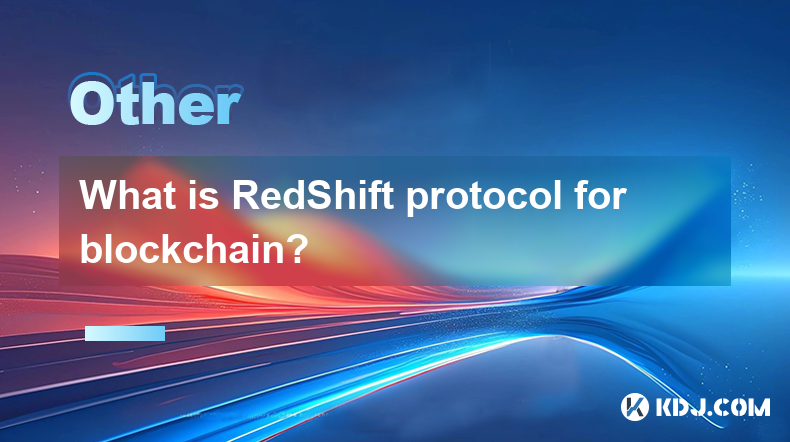
The RedShift protocol is a novel approach designed to enhance the scalability and efficiency of blockchain networks. It is a layer-2 solution that aims to address some of the common issues faced by traditional blockchains, such as slow transaction processing times and high fees. By leveraging advanced cryptographic techniques and innovative consensus mechanisms, RedShift aims to provide a more robust and scalable platform for decentralized applications (dApps).
How Does RedShift Protocol Work?
At its core, the RedShift protocol operates by creating sidechains that run parallel to the main blockchain. These sidechains allow for faster transaction processing and reduced congestion on the main chain. The protocol uses a unique consensus mechanism called Proof of Stake with Time Lock (PoSTL), which combines the benefits of Proof of Stake (PoS) and time-locking mechanisms to ensure security and efficiency.
In the PoSTL consensus mechanism, validators are chosen based on the amount of cryptocurrency they hold and are willing to "stake" as collateral. Additionally, these validators must lock their stakes for a certain period, which adds an extra layer of security to the network. This approach not only incentivizes honest behavior but also helps in reducing the energy consumption typically associated with Proof of Work (PoW) systems.
Benefits of RedShift Protocol
The RedShift protocol offers several key benefits that make it an attractive option for blockchain developers and users. One of the primary advantages is improved scalability. By offloading transactions to sidechains, RedShift can process a higher volume of transactions per second compared to traditional blockchains. This scalability is crucial for the widespread adoption of blockchain technology, especially in areas such as finance and supply chain management.
Another significant benefit is reduced transaction fees. Since the sidechains handle a significant portion of the network's transaction load, the main blockchain experiences less congestion, leading to lower fees for users. This makes RedShift an appealing choice for applications that require frequent, low-cost transactions.
Enhanced security is also a hallmark of the RedShift protocol. The PoSTL consensus mechanism ensures that validators have a strong incentive to act honestly, as they risk losing their staked cryptocurrency if they attempt to compromise the network. Additionally, the time-locking feature adds an extra layer of protection against potential attacks.
Implementation and Use Cases
Implementing the RedShift protocol involves several steps that developers need to follow to integrate it into their blockchain projects. Here is a detailed guide on how to set up RedShift:
- Choose a Compatible Blockchain: The first step is to select a blockchain that is compatible with the RedShift protocol. Currently, RedShift supports integration with Ethereum and other EVM-compatible chains.
- Deploy the RedShift Smart Contract: Developers need to deploy the RedShift smart contract on the chosen blockchain. This contract will manage the creation and management of sidechains.
- Configure the Sidechains: Once the smart contract is deployed, developers can configure the sidechains according to their specific needs. This includes setting parameters such as block time, transaction fees, and validator requirements.
- Integrate with dApps: The final step is to integrate the RedShift sidechains with the decentralized applications (dApps) that will use them. This involves modifying the dApp's code to interact with the RedShift sidechains for transaction processing.
RedShift protocol has a wide range of potential use cases. One of the most promising applications is in the field of decentralized finance (DeFi). By providing a scalable and cost-effective solution for transaction processing, RedShift can enable the creation of more efficient DeFi platforms that can handle a higher volume of transactions.
Another potential use case is in supply chain management. Blockchain technology is increasingly being used to track the movement of goods and ensure transparency in supply chains. The scalability and low transaction fees offered by RedShift make it an ideal solution for this application, as it can handle the large number of transactions required to track goods in real-time.
Challenges and Considerations
While the RedShift protocol offers many benefits, there are also some challenges and considerations that developers and users need to be aware of. One of the main challenges is interoperability. As RedShift is a layer-2 solution, ensuring seamless communication between the sidechains and the main blockchain can be complex. Developers need to carefully design their systems to handle this interoperability effectively.
Another consideration is security. While the PoSTL consensus mechanism provides a high level of security, the overall security of the RedShift network also depends on the security of the underlying blockchain. Developers must ensure that the main blockchain and the RedShift sidechains are both secure to prevent potential vulnerabilities.
Regulatory compliance is also a critical factor to consider. Depending on the jurisdiction, there may be specific regulations governing the use of blockchain technology and cryptocurrencies. Developers need to ensure that their implementation of the RedShift protocol complies with these regulations to avoid legal issues.
Community and Support
The RedShift protocol has a growing community of developers, users, and enthusiasts who contribute to its development and adoption. There are several resources available for those interested in learning more about RedShift and getting involved in the community.
- Documentation and Tutorials: The official RedShift website provides comprehensive documentation and tutorials that cover everything from the basics of the protocol to advanced implementation techniques.
- Developer Forums: There are active developer forums where users can ask questions, share their experiences, and collaborate on projects related to RedShift.
- Social Media Channels: RedShift maintains an active presence on social media platforms such as Twitter and Reddit, where users can stay updated on the latest developments and engage with the community.
Frequently Asked Questions
Q: Can RedShift be used with any blockchain, or are there specific requirements?
A: RedShift is designed to be compatible with Ethereum and other EVM-compatible blockchains. While it is possible to adapt RedShift for use with other blockchains, this would require additional development and testing to ensure compatibility.
Q: How does RedShift handle the risk of double-spending on sidechains?
A: RedShift uses a combination of cryptographic techniques and the PoSTL consensus mechanism to prevent double-spending. Validators are required to stake their cryptocurrency and lock it for a period, which acts as a deterrent against fraudulent behavior.
Q: What are the minimum system requirements for running a RedShift node?
A: To run a RedShift node, you will need a computer with at least 8GB of RAM, a multi-core processor, and sufficient storage space to handle the blockchain data. The specific requirements may vary depending on the scale of the network and the number of transactions being processed.
Q: Is there a governance model for the RedShift protocol, and how does it work?
A: Yes, RedShift has a governance model that allows community members to propose and vote on changes to the protocol. This model is designed to ensure that the development of RedShift remains decentralized and community-driven.
免责声明:info@kdj.com
所提供的信息并非交易建议。根据本文提供的信息进行的任何投资,kdj.com不承担任何责任。加密货币具有高波动性,强烈建议您深入研究后,谨慎投资!
如您认为本网站上使用的内容侵犯了您的版权,请立即联系我们(info@kdj.com),我们将及时删除。
- 加密鲸鱼的投资组合:解码令牌藏匿和新兴趋势
- 2025-07-09 08:30:12
- 稀有硬币,幸运的发现,宝贵的硬币:日常变化中的宝藏
- 2025-07-09 08:30:12
- BlockDag的体育交易得分很高,而Toncoin Price的目标很高,Pepe感到捏
- 2025-07-09 07:10:12
- 比特币,狐狸业务和稀缺:狂野的西淘金热?
- 2025-07-09 06:50:12
- Cryptos看涨设置:Ripple(XRP)准备大规模集会吗?
- 2025-07-09 06:50:12
- 系绳,水晶智能和Stablecoin的监督:透明的新时代?
- 2025-07-09 07:10:12
相关百科
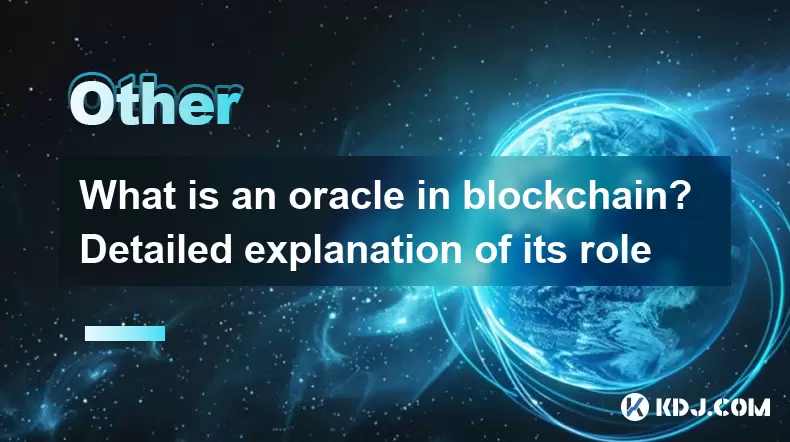
What is an oracle in blockchain? Detailed explanation of its role
2025-06-21 06:14:59
<h3>Understanding the Concept of an Oracle in Blockchain</h3><p>In the realm of blockchain technology, an oracle is a trusted third-...
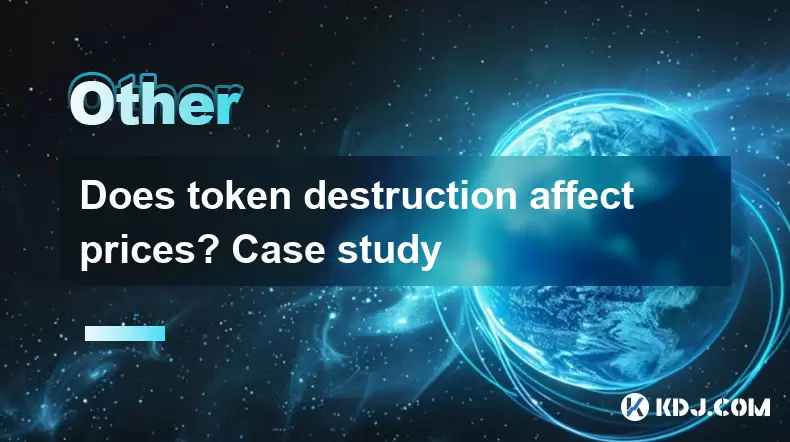
Does token destruction affect prices? Case study
2025-06-22 02:50:12
<h3>Understanding Token Destruction</h3><p>Token destruction, commonly referred to as token burning, is a process where a portion of...
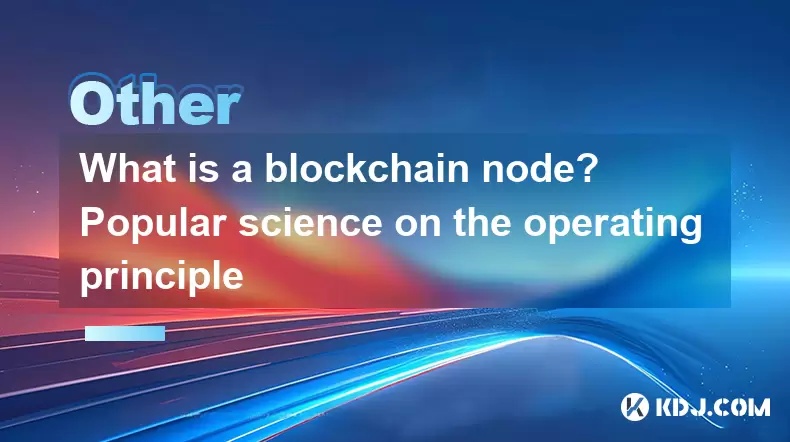
What is a blockchain node? Popular science on the operating principle
2025-06-22 23:00:37
<h3>Understanding the Basics of a Blockchain Node</h3><p>A blockchain node is essentially a computer connected to a blockchain netwo...
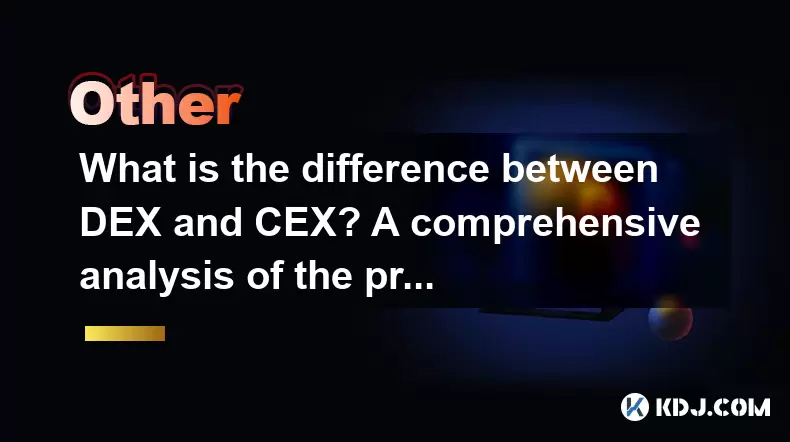
What is the difference between DEX and CEX? A comprehensive analysis of the pros and cons
2025-06-24 09:42:26
<h3>What is a DEX (Decentralized Exchange)?</h3><p>A DEX, or Decentralized Exchange, operates without a central authority. Unlike tr...
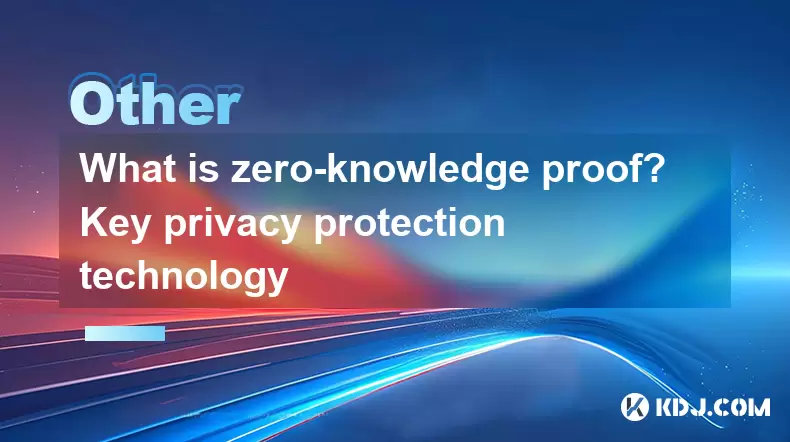
What is zero-knowledge proof? Key privacy protection technology
2025-06-22 19:29:17
<h3>Understanding Zero-Knowledge Proof</h3><p>Zero-knowledge proof (ZKP) is a cryptographic method that allows one party to prove to...
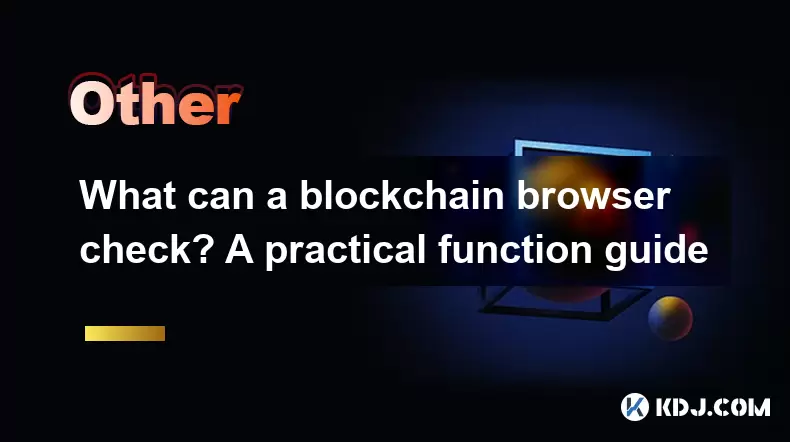
What can a blockchain browser check? A practical function guide
2025-06-20 19:35:23
<h3>Understanding the Role of a Blockchain Browser</h3><p>A blockchain browser serves as a powerful tool for anyone interacting with...

What is an oracle in blockchain? Detailed explanation of its role
2025-06-21 06:14:59
<h3>Understanding the Concept of an Oracle in Blockchain</h3><p>In the realm of blockchain technology, an oracle is a trusted third-...

Does token destruction affect prices? Case study
2025-06-22 02:50:12
<h3>Understanding Token Destruction</h3><p>Token destruction, commonly referred to as token burning, is a process where a portion of...

What is a blockchain node? Popular science on the operating principle
2025-06-22 23:00:37
<h3>Understanding the Basics of a Blockchain Node</h3><p>A blockchain node is essentially a computer connected to a blockchain netwo...

What is the difference between DEX and CEX? A comprehensive analysis of the pros and cons
2025-06-24 09:42:26
<h3>What is a DEX (Decentralized Exchange)?</h3><p>A DEX, or Decentralized Exchange, operates without a central authority. Unlike tr...

What is zero-knowledge proof? Key privacy protection technology
2025-06-22 19:29:17
<h3>Understanding Zero-Knowledge Proof</h3><p>Zero-knowledge proof (ZKP) is a cryptographic method that allows one party to prove to...

What can a blockchain browser check? A practical function guide
2025-06-20 19:35:23
<h3>Understanding the Role of a Blockchain Browser</h3><p>A blockchain browser serves as a powerful tool for anyone interacting with...
查看所有文章

























































































